FILM NOTES
‘Fixing the Shadows’ from BBC Genius of Photography, Episode 1.
camera obscura/ pinhole blacked out room small hole creates upside down image – abelardo morrell 2006
tried contact prints on leather 1802 british inventor tom wedswood
Henry fox Talbot paper coated with silver salt – shoebox camera – mouse trap
created both a positive and negative
1839 Louis Daguerre – classically trained painter would do presentations – diorama theatre
-described as mirror of a memory
Daguerreotype sits om top of plate doesnt sink in like paper – very detailed
weakness of degaratype cant make multiple of same image

Camera Obscura & Pinhole Photography
Camera obscura is an early example of photographic experimentation and a method used by painters since the second half of the 16th century. Used to reflect a scene to be copied onto another surface allowing the artist to trace and create more accurate renderings.

To create a camera obscura a room is made completely dark blocking of windows and other sources of light, a hole is added on one side facing the area you wish to project. The image is projected onto the opposite wall upside down.
The camera obscura was later adapted to become more portable – a small box painted black with a mirror to be veiwed the correct way up.


A camera obscura without a lens is referred to as pinhole photography. A pinhole camera is a simple light proof box with a tiny aperture on one side that uses the camera obscura effect and light sensitive material on the other. The images produced by a pinhole camera have an almost infinite depth of field and a wide view.
The classic Camera Obscura whilst being the basis for modern photography is not widely used anymore however some still use it as a tool for painting and as a nod to the photographical process. Abelardo Morrell a more modern photographer uses the camera obscura to create natural montages by using hotel rooms and making them into a camera obscura to reflect the view outside onto the walls describing it as being inside a camera.
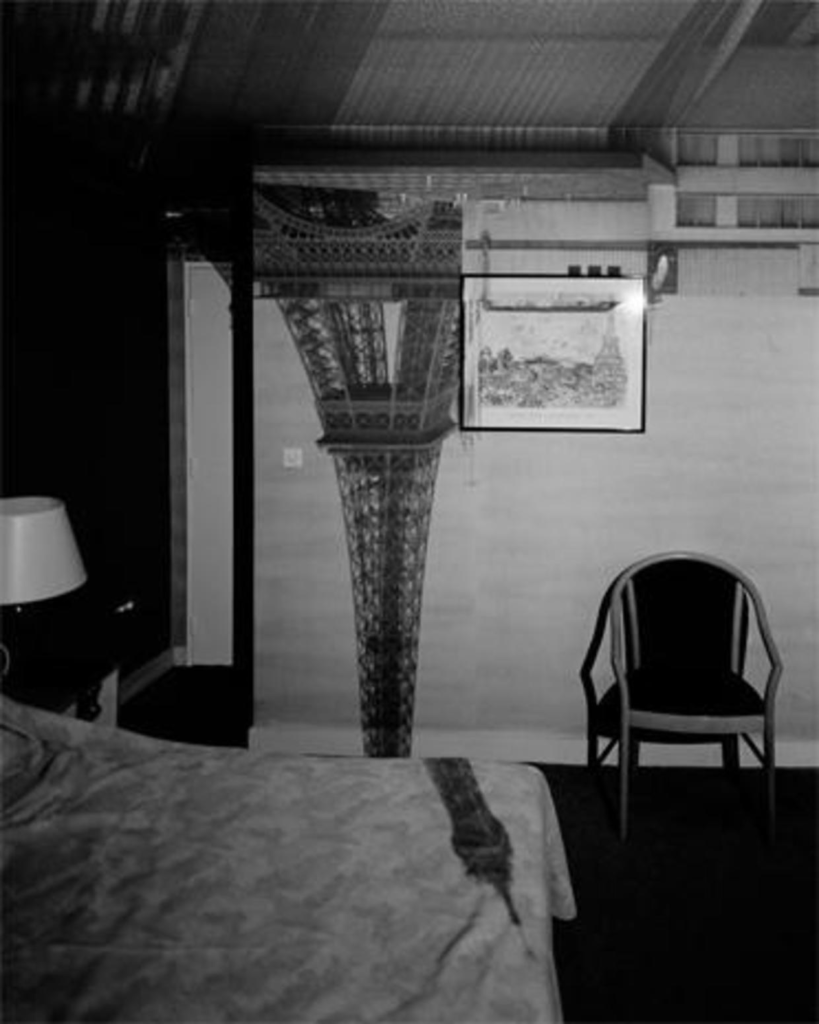
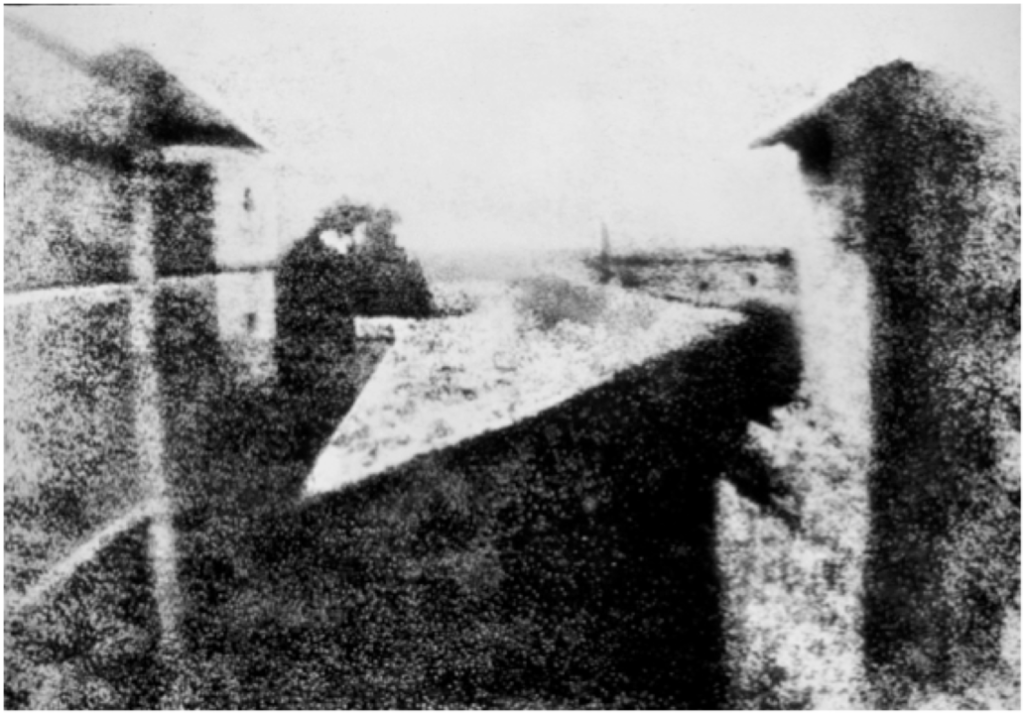
Heliography
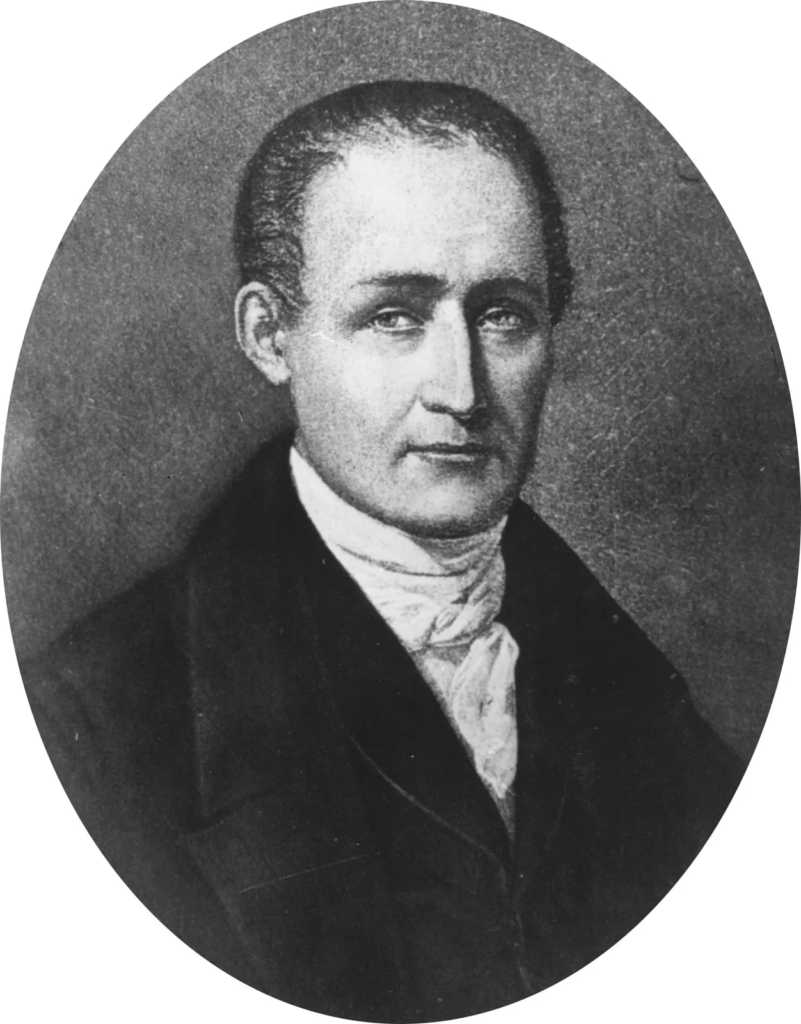
Nicéphore Niepce a French inventor born in 1765. creator of the heliograph – helios meaning sun and graphein meaning to write- sun-writing. Niepce was an incredibly important figure in the birth of modern photography.
In France at the time the practice of Lithography was popular Neipce found himself unable to obtain the correct stone needed and thus began experimenting with metals and light sensitive chemicals. To create a heliograph Niepce would take metal or glass and coat it with asphalt, this would then harden depending on the light exposure available. The plate is then washed with lavender oil so the only remaining area left is the hardened chemical of the image. Using heliography Niepce created the first known permanent photograph “View from the Window at Le Gras” in 1826.


Daguerreotypes
Daguerreotype mainly used in the 1840s – 1850s was the first publicly available photographic process. The Daguerreotype was introduced worldwide in 1839 invented by Louis Daguerre a classically trained painter who would hold presentations and was a developer of the diorama theatre. Daguerre also worked closely with Niepce. and his process captivated the public being describe as a “Mirror of a Memory”.
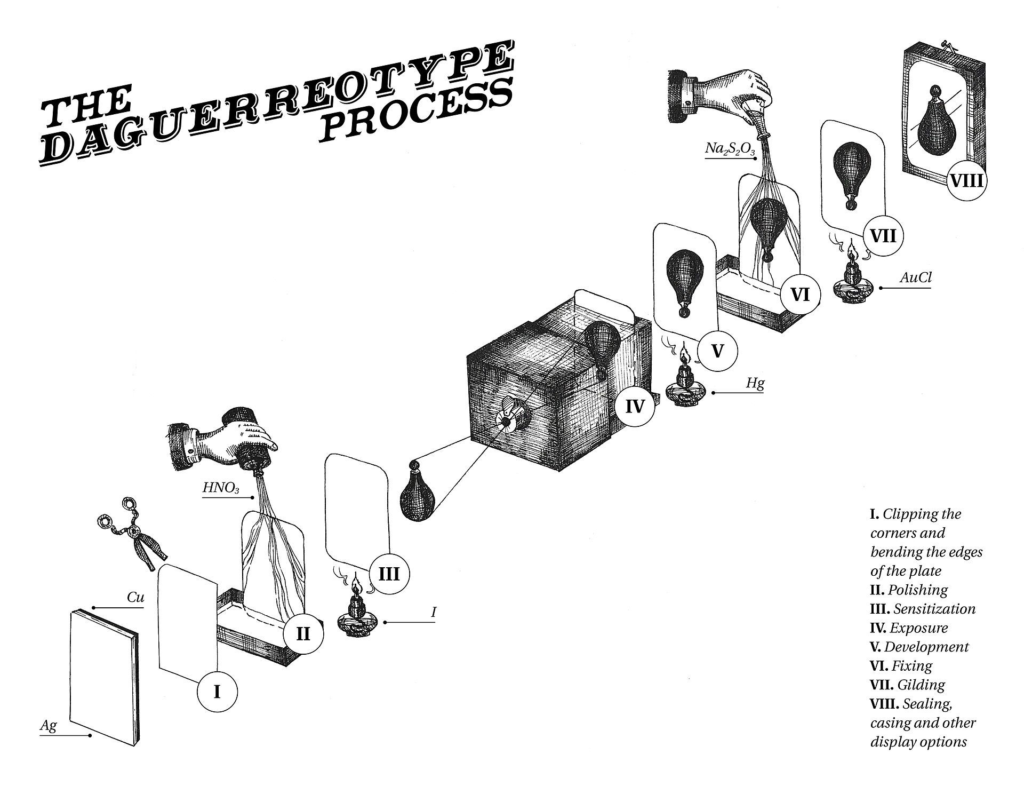
To make a daguerreotype a photographer would take a silver plated copper sheet and polish it to a mirror finish then treat it with chemicals to make it light sensitive and expose it in a camera obscura. The image was then fixed and sealed behind glass to protect the fragile materials. The image created would sit on top of the silver surface and would appear either positive or negative depending on the angle it was viewed at. Daguerreotypes were incredibly detailed and sharp as the images didn’t sink in like paper however they were heavy and images could not be reproduced.

The Boulevard du Temple is one of the earliest daguerreotypes produced by Louis Daguerre and one of the first photographic processes to contain people it captures a man standing still having his shoes shined due to long exposure time of the daguerreotype he was captures as he stood motionless for 10-15 mins whilst other people on the street were moving and could not be captured.
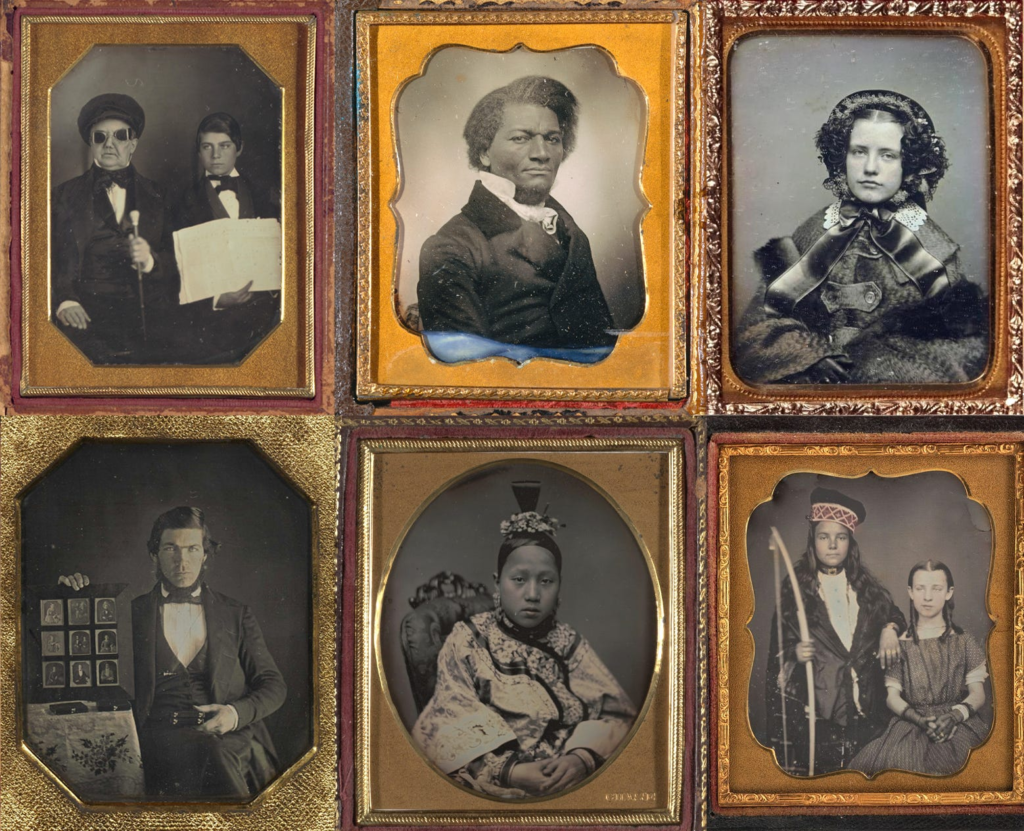

Calotype

A Calotype also called a talbotype was a photographic process invented by Henry Fox Talbot in the 1830s.
In this technique Talbot used a piece of paper coated with weak sodium chloride or ordinary table salt, and exposed it in a camera obscura. The areas hit by light became dark creating a negative image this could then be contact printed onto another sheet of light sensitive paper to make a positive. In 1852 Talbot discovered that a solution of gelatin mixed with potassium dichromate could be used to make the images less soluble to light which compared Niepce’s Heliograph would not continue to expose after the initial exposure. Unlike the daguerreotype, the Calotype could be repeated to create multiples of one image and sank into paper making it light and harder to damage the image. Talbot’s methods quickly succeeded Daguerre’s with their more accessible nature.



Robert Cornelius
Robert Cornelius’ self portrait taken in 1839 is known accredited as the first ‘selfie’. Cornelius pioneered American photography and operated two of the first photography studios in Philadelphia from 1831 – 1834. Late 1839 Cornelius attempted to perfect the daguerreotype and took a picture of himself in his families work yard, the quality of the photographic plate and technique required him to be motionless for 10-15 mins. Selfies as of recent have become popular as it is the most accessible from of self portrait with most people having cameras in their phones, being a quick and easy way to express yourself.
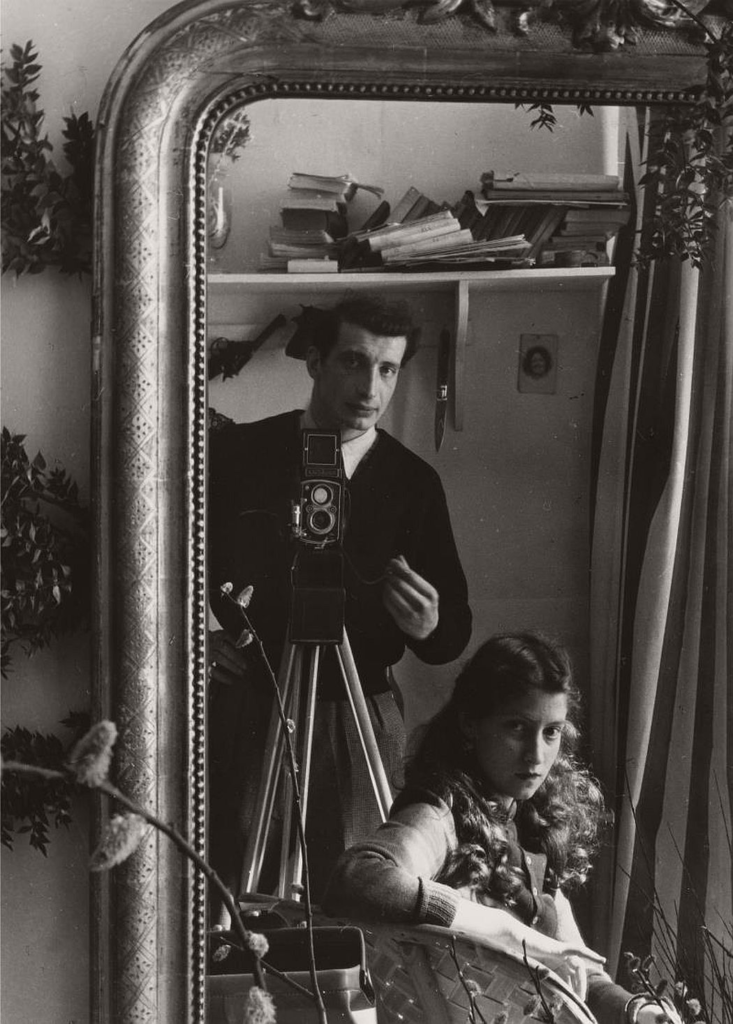
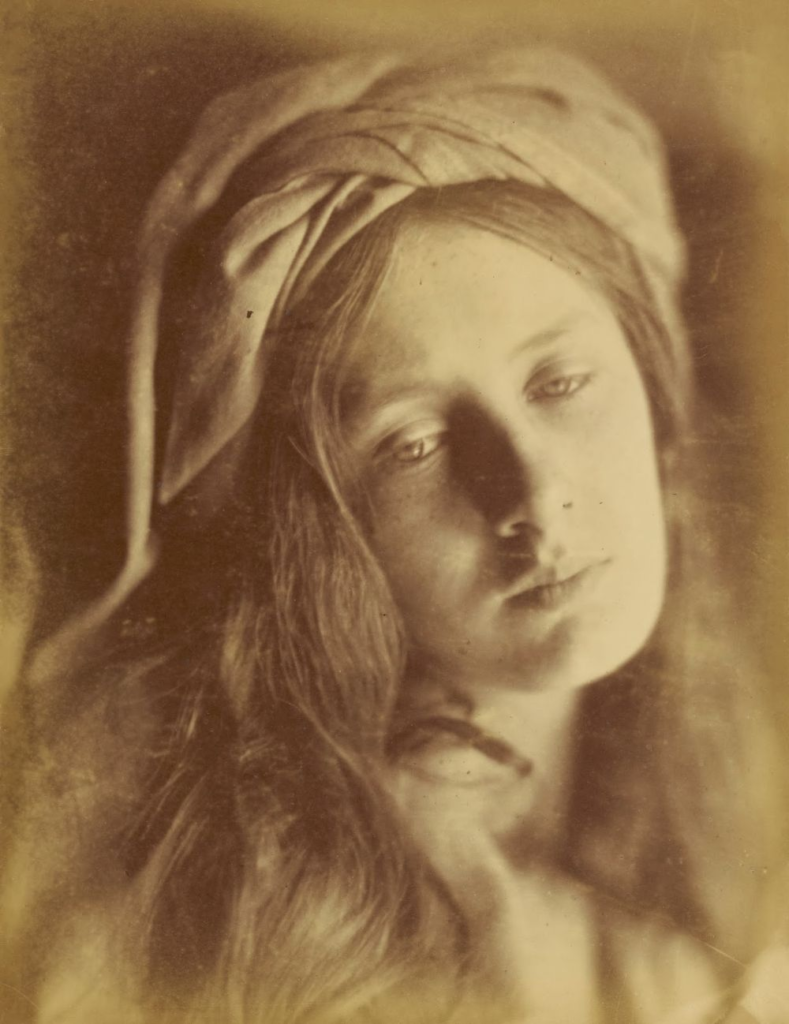
Julia Margaret Cameron
Julia Margaret Cameron was British photographer born in 1815. best known for her soft portraits depicting famous Victorian men and women. Cameron was well educated and familiar with medieval art and many painters that became the inspiration for her photography such as Rembrandt and Raphael inspiring her use of light and composition. A contemporary interest may have also been phrenology – the measuring of the human skull to study personal character. She also used photography to express her Christianity. She was introduced to photography methods such as Talbots Calotype and the Daguerreotype by her mentor and astronomer John Herschel.
Cameron’s idea of capturing ‘genius and beauty’ –
“particular qualities or essences—typically, genius in men and beauty in women”.
– Mike Weaver a scholar who wrote about Cameron’s photography in 1984
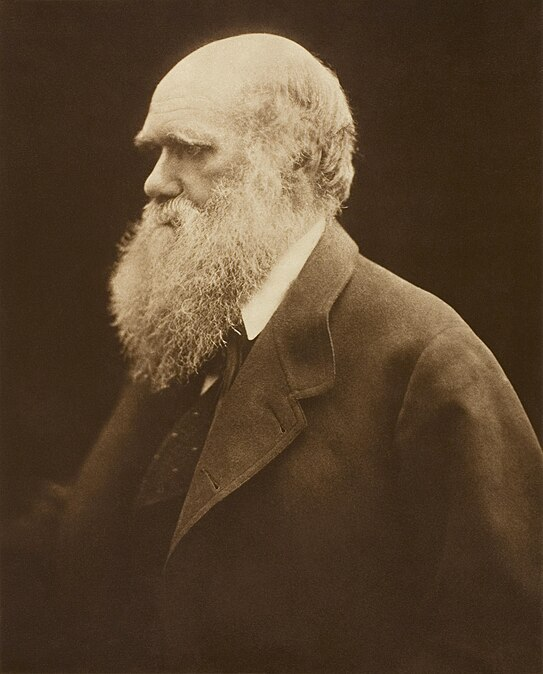
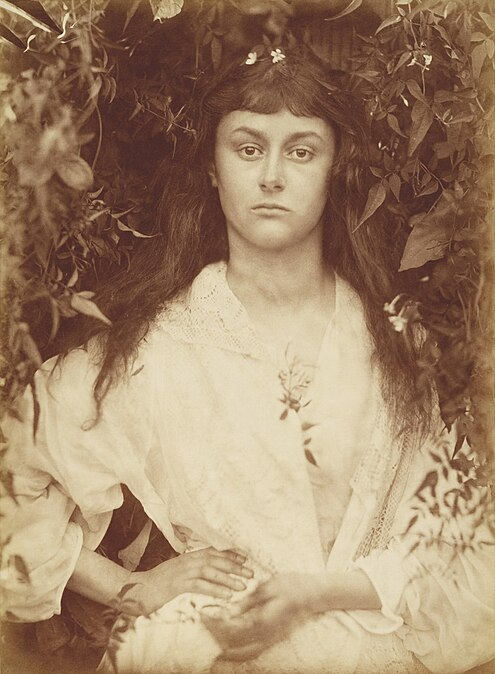
Cameron’s portraits of men are sharp and almost a form of hero worship whilst her images of women are softer.
Cameron also made images with many links to Christianity specifically in the way she depicted children as ‘Cherubs’ connoting the idea of innocence. she also made images depicting the Virgin Mary.

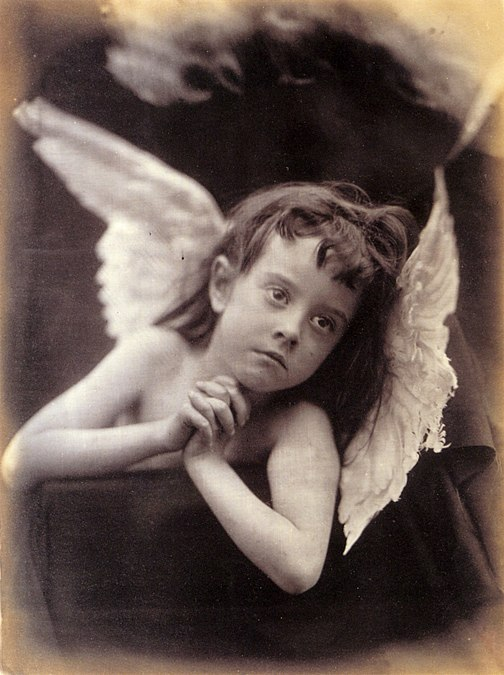
Cameron was one of the first to create stories with her photography creating posed images.
bibliography-
Threshold Concept #2 (photopedagogy.com)
Heliography | Encyclopaedia – Photoion: Photography Courses & Workshops In London
